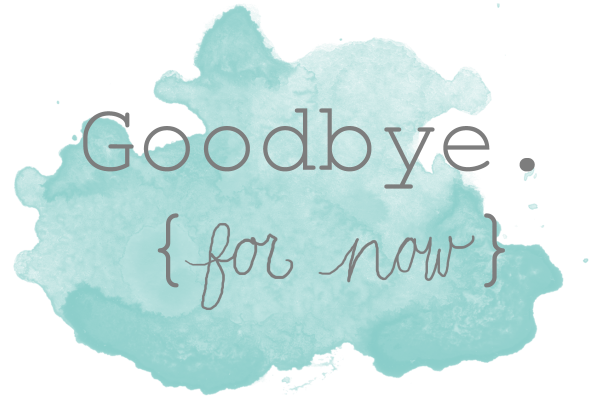We talked about the -isms each of us experienced in our lives and most of the time it is caused by the people outside of your group. There are situations wherein you also experienced -isms form the same group you belong. This experience is quite painful because you will think that "same feather flock together". We learned about prejudice, stereotype and discrimination which is caused by people who believe that they are better than the others. Other behavioral problems such as pride, greed, selfishness and enviousness also caused people to treat other people differently. I have notice the most common negative trait of the people in my culture were making fun of people who speak differently such as strong accents, wrong grammar and inability to speak up or reason out. I traced back and realized that this hidden biases came from our experiences we had when we were little. Some challenged themselves to be better and some just refuse to speak or exclude themselves from a group. I would like to share with you the experienced I had growing up in a school environment. To some of you it may sound unthinkable but to the culture where I belong, this is really happening. I experienced being corrected and laughed at all the time when I speak the English language because of the accent and my grammar. I would say most of the people who belong to my culture experienced this because of the way we are taught in school. Teachers in our school were very particular about the way we speak, and the way we write especially our spelling and grammar. I remember when I was little and my teacher called me to recite a poem and I could not remember anything. Sometimes I could not pronounce the word right and I was laughed at and was asked to stand for the whole time. My teacher even told the whole class:" this happened because she did not study her lessons". The impact of educators in the lives of the children is really important. Children absorb stereotypes and attitudes about other ethnic and cultural groups from their family and larger society. These biases are easily absorbed because very young children lack accurate information about the lives of other people (Derman-Sparks & Edward-Olsen, 2010). To the children who had experienced the same way I did, I am hoping they will be inspired to do better and be challenged to reach their full potentials and to those whose spirit was crushed, I wish them great things in life. I would say I am fortunate to have great support of my family and the communities which helped me become the person I am today. It has affected me in my professional practice because this experienced made me see the importance of family support and the continuity of this support in school and communities. I have seen the importance of my role as an educator and opened my mind to the reality that -isms is still happening in our society and there is something we can do to lessen or eliminate it by reaching out and offering my help to the children who uncomfortable and excluded. Making sure that they are treated fairly and valued so they can feel good about themselves and appreciate others as well.
Reference:
Derman-Sparks, L., & Olsen Edwards, J. (2010). Anti-bias education for young children and ourselves. Washington, D.C.: National Association for the Education of Young Children (NAEYC).



